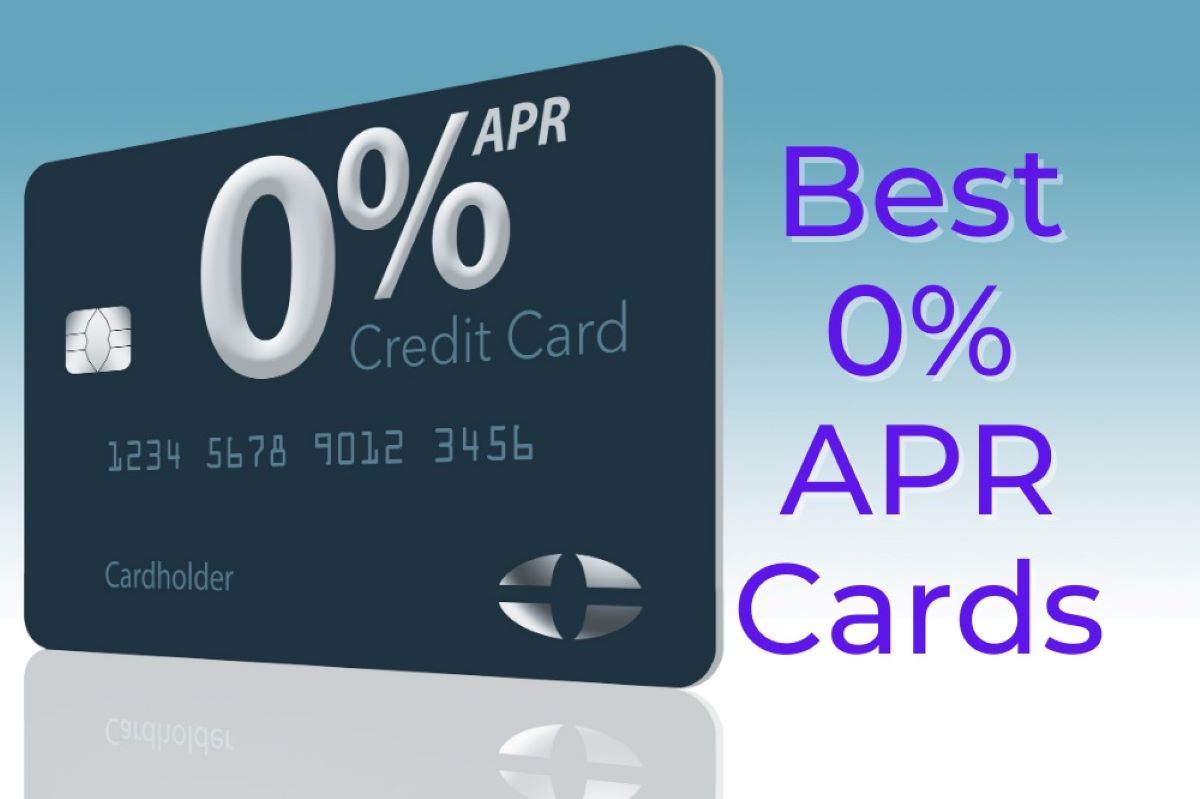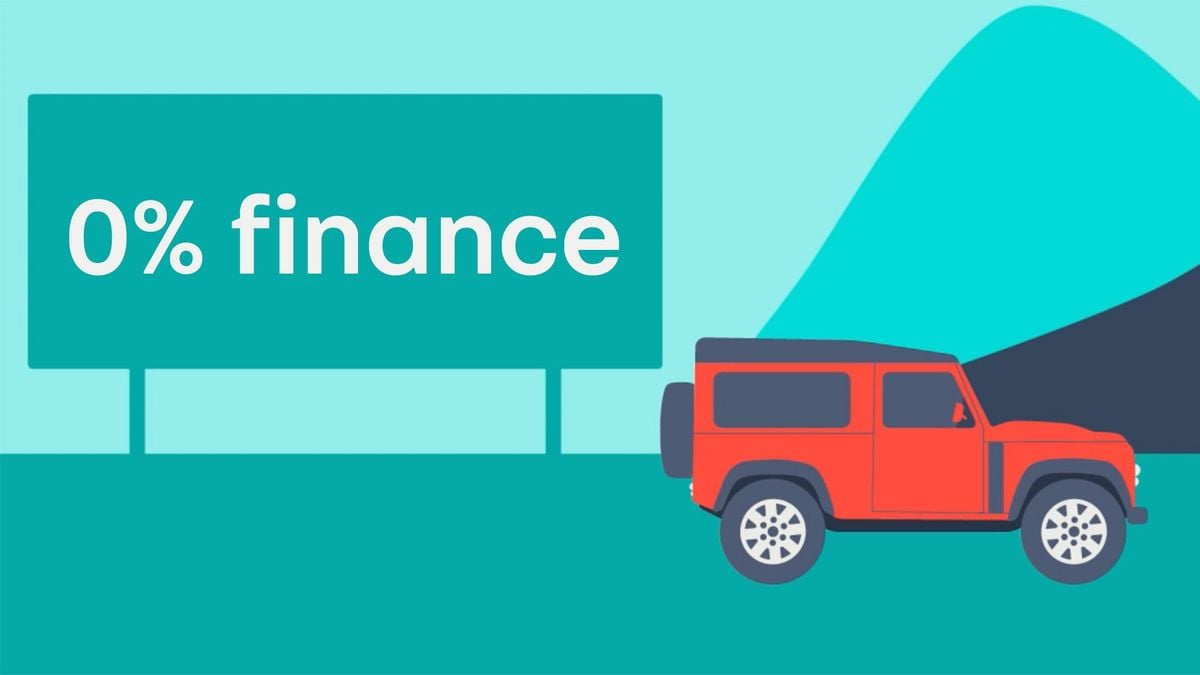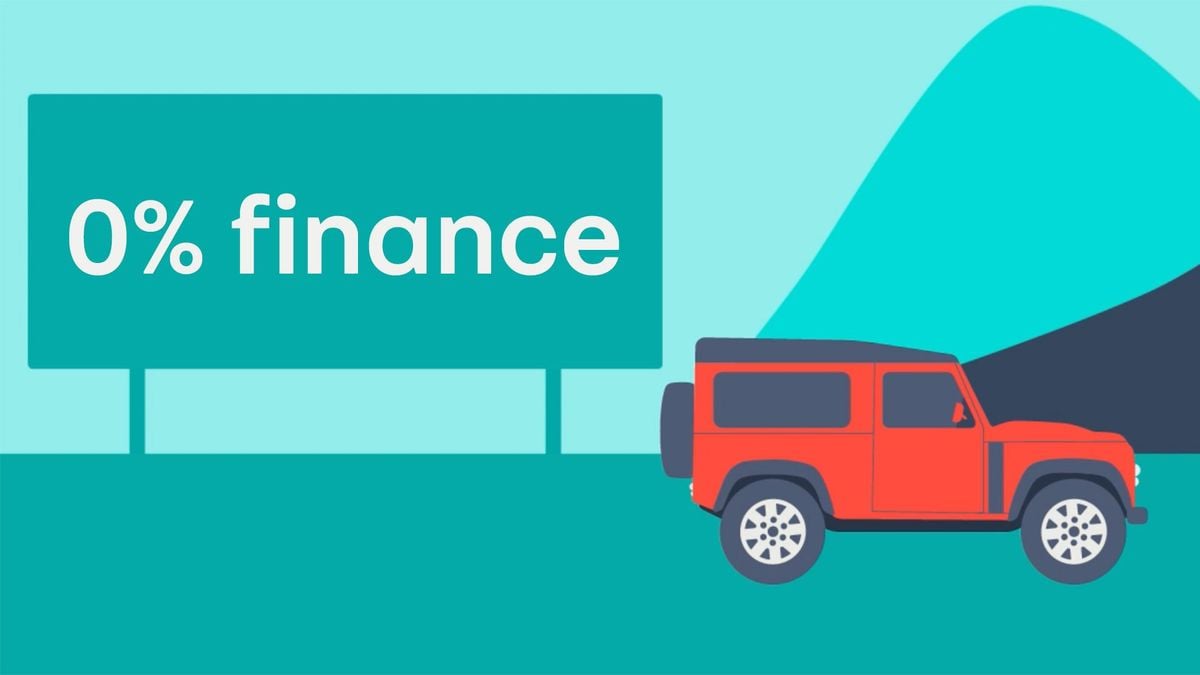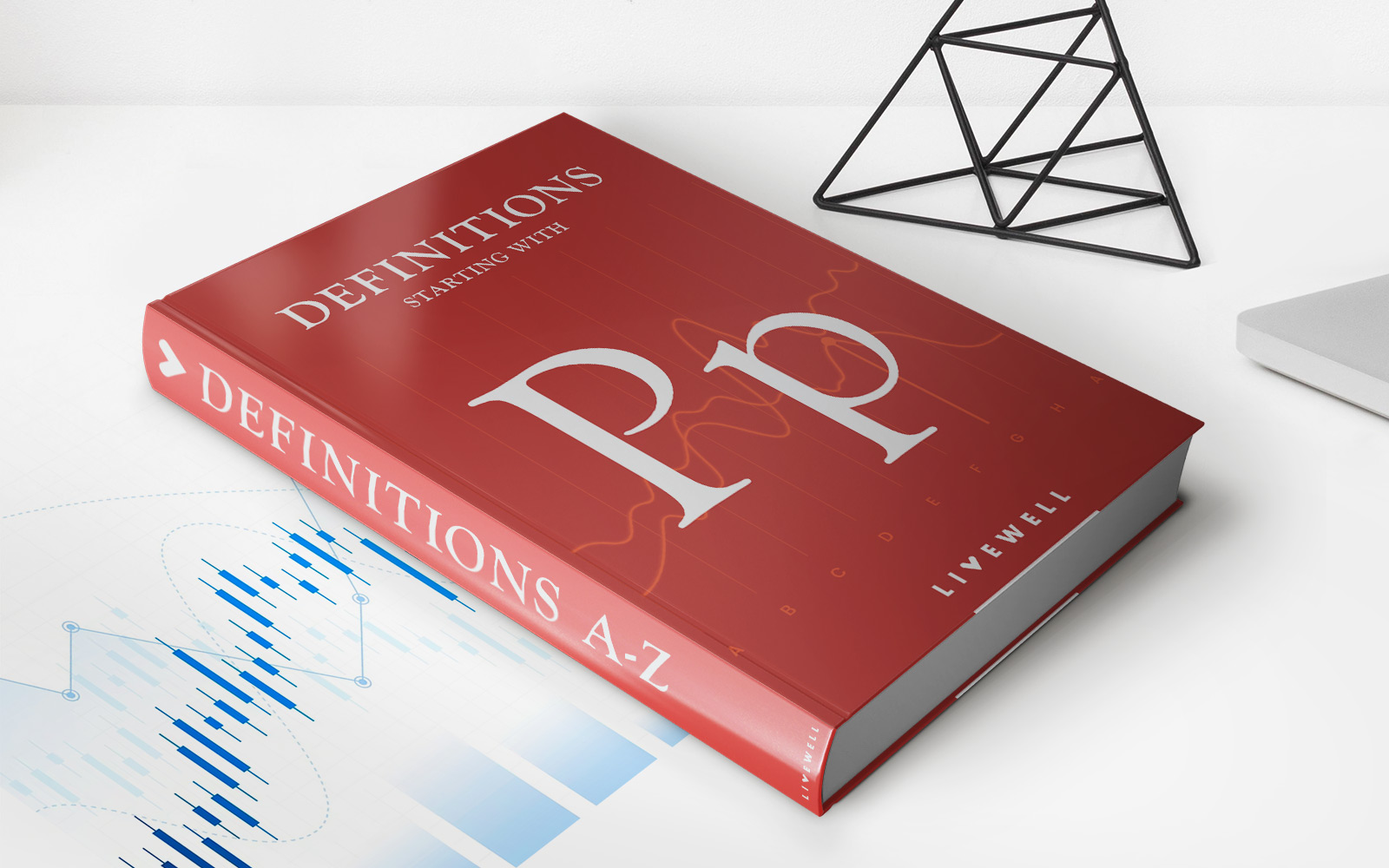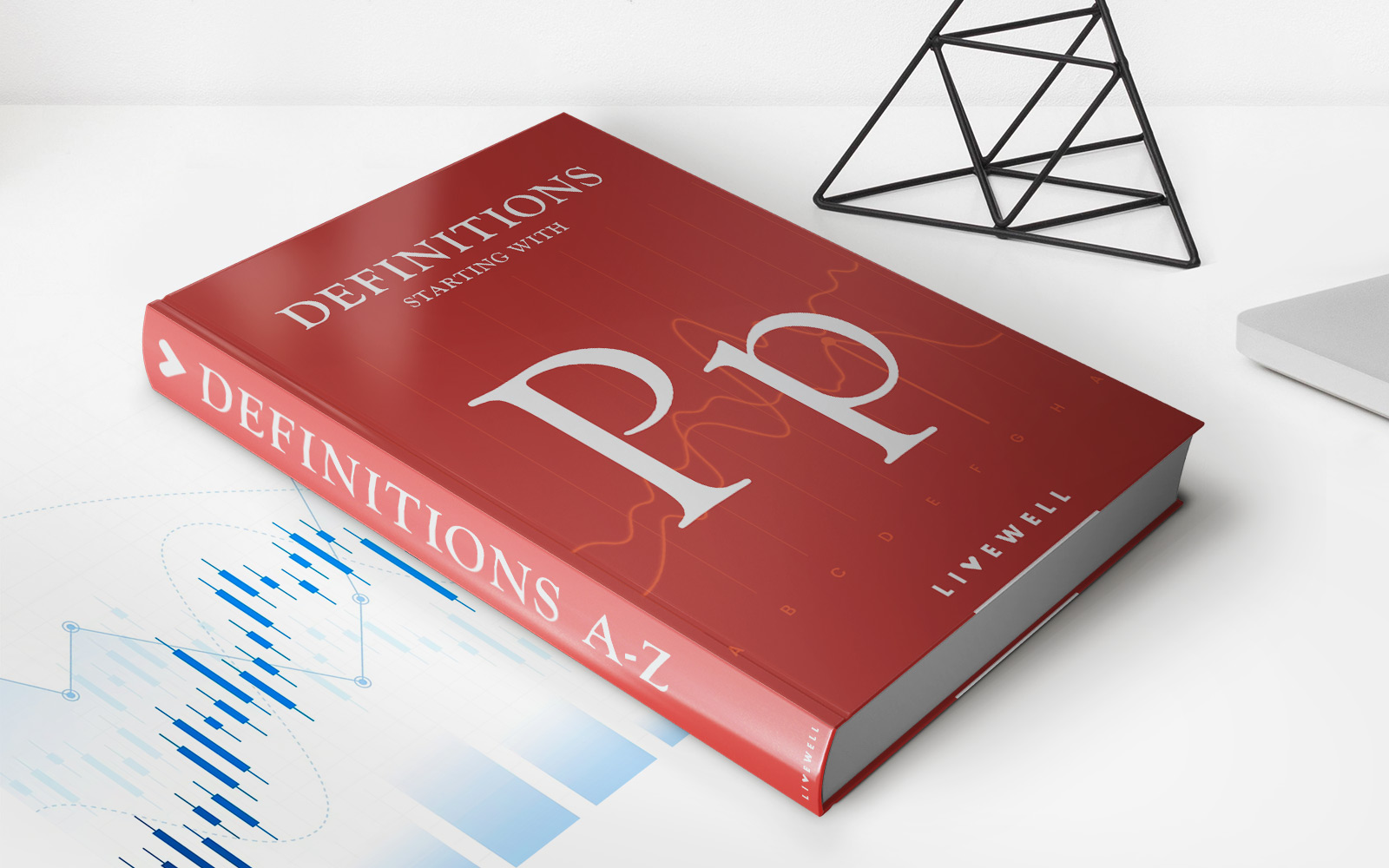

Finance
What Happens After 0 APR Ends?
Published: March 3, 2024
Discover what happens when the 0% APR period ends and how to manage your finances effectively. Learn about the potential impact on your budget and explore smart financial strategies.
(Many of the links in this article redirect to a specific reviewed product. Your purchase of these products through affiliate links helps to generate commission for LiveWell, at no extra cost. Learn more)
Table of Contents
Introduction
Welcome to the world of credit cards, where the allure of 0% APR (Annual Percentage Rate) offers can be both exciting and perplexing. Many consumers are drawn to credit cards that feature an introductory period with 0% APR on purchases and balance transfers. This enticing proposition allows cardholders to make purchases or transfer existing balances without incurring interest charges for a specified period, typically ranging from 12 to 18 months. While this offer can provide substantial financial relief and flexibility, it's crucial to understand what happens when the 0% APR period ends.
During the 0% APR period, cardholders can take advantage of interest-free borrowing, enabling them to pay down existing debt or make substantial purchases without the burden of accruing interest. This period can be an excellent opportunity to regain financial footing, consolidate debt, or make essential purchases without the added cost of interest. However, it's essential to prepare for what comes next once the 0% APR offer concludes.
As the 0% APR period nears its end, cardholders must be proactive in managing their balances to avoid unexpected financial strain. Understanding the implications of the end of the promotional period and exploring available options is crucial for maintaining financial stability and minimizing interest costs. In this article, we will delve into the intricacies of 0% APR credit card offers and provide insights into what transpires when this promotional period concludes. Additionally, we will explore various strategies for effectively managing your credit card balance after the 0% APR period ends, empowering you to make informed financial decisions and navigate the post-promotional period with confidence.
Understanding the 0% APR Period
Before delving into the implications of the end of the 0% APR period, it is essential to grasp the significance of this promotional offer. The 0% APR period represents a predetermined duration during which credit cardholders are not charged interest on qualifying purchases or balance transfers. This period serves as an incentive for individuals to open a new line of credit or transfer existing balances from higher-interest accounts, providing a window of relief from interest charges.
Typically, credit card issuers provide the 0% APR offer as an introductory promotion to attract new customers or encourage existing cardholders to engage in balance transfers. This offer can be a valuable tool for individuals seeking to consolidate debt, make significant purchases, or alleviate the financial burden of high-interest balances. The 0% APR period varies among credit card issuers, often ranging from 12 to 18 months, although certain promotions may extend this duration.
During the 0% APR period, cardholders have the opportunity to allocate more funds toward reducing their principal balance, as the absence of interest charges enables more efficient debt repayment. This period can be particularly advantageous for individuals carrying high-interest debt, as it allows them to make substantial progress in reducing their overall indebtedness without the impediment of accruing interest.
Moreover, the 0% APR offer can empower consumers to make essential purchases or address unexpected expenses without the immediate financial strain of interest costs. This flexibility can be instrumental in managing personal finances and addressing short-term financial needs without exacerbating existing debt or incurring additional interest charges.
Understanding the mechanics and benefits of the 0% APR period is crucial for maximizing its advantages and preparing for the eventual transition to standard APR rates. By leveraging this promotional period effectively, cardholders can strategically manage their finances and set the stage for a smooth transition once the promotional offer concludes.
What Happens When the 0% APR Period Ends?
As the 0% APR promotional period draws to a close, it’s essential to anticipate the changes that will impact your credit card balance and overall financial obligations. When this introductory offer expires, the standard APR, which varies based on the cardholder’s creditworthiness and the prevailing market rates, will come into effect. This means that any remaining balance from purchases or transfers will be subject to the standard interest rate, potentially resulting in increased finance charges.
Once the 0% APR period ends, the interest accrued on the remaining balance will be calculated based on the standard APR, leading to a noticeable shift in the cost of maintaining the outstanding balance. For individuals who have utilized the promotional period to consolidate debt or make substantial purchases, this transition necessitates a comprehensive understanding of the implications and a proactive approach to managing the ensuing interest costs.
It’s important to note that the standard APR can significantly impact the overall cost of carrying a credit card balance. Therefore, it’s advisable for cardholders to assess their financial position and develop a strategy for addressing the post-promotional period scenario. Failing to account for the end of the 0% APR offer can lead to unexpected increases in interest charges and potential financial strain.
Furthermore, for individuals who have executed balance transfers during the 0% APR period, the end of the promotional offer may mark the commencement of interest accrual on the transferred balances. This shift underscores the necessity of evaluating the impact on overall debt management and formulating a plan to mitigate the potential escalation of interest costs.
Understanding the implications of the end of the 0% APR period is pivotal for maintaining financial stability and minimizing the impact of increased interest charges. By proactively addressing the transition to the standard APR, cardholders can effectively navigate the post-promotional period and make informed decisions to manage their credit card balances prudently.
Options for Managing Your Balance After the 0% APR Period
As the 0% APR promotional period concludes, cardholders are presented with several strategic options for effectively managing their credit card balances and mitigating the impact of the transition to standard APR rates. Understanding these options and implementing appropriate measures can significantly influence the financial implications of carrying a credit card balance post-promotion.
1. Paying Off the Balance: One of the most prudent strategies is to endeavor to pay off the remaining balance before the 0% APR period ends. By allocating funds to eliminate the outstanding balance, cardholders can circumvent the accrual of interest charges and avert the financial burden associated with the standard APR.
2. Transferring the Balance: For individuals unable to pay off the entire balance, exploring balance transfer options to a new credit card with an extended 0% APR offer can be a viable solution. This approach allows cardholders to continue benefiting from an interest-free period, providing additional time to address the outstanding balance without incurring immediate interest costs.
3. Utilizing Low-Interest Financing: In cases where paying off the entire balance or executing a balance transfer is unfeasible, leveraging low-interest financing options, such as personal loans or credit lines with favorable terms, can offer a means of consolidating and managing the remaining credit card debt more effectively.
4. Negotiating with the Credit Card Issuer: Cardholders facing challenges in managing their credit card balances post-promotion can consider contacting their card issuer to explore potential solutions. Some issuers may offer hardship programs or alternative repayment arrangements to assist customers in managing their debt obligations.
5. Budgeting and Financial Planning: Implementing robust budgeting strategies and financial planning can aid in prioritizing debt repayment and optimizing available resources to address the post-promotional period financial adjustments. By aligning expenditures with financial goals, cardholders can navigate the transition to standard APR rates more effectively.
It’s crucial for cardholders to assess their individual financial circumstances and select the most suitable approach for managing their credit card balances after the 0% APR period ends. Each option carries distinct implications, and careful consideration should be given to aligning the chosen strategy with long-term financial objectives and debt management priorities.
Conclusion
The conclusion of the 0% APR promotional period marks a pivotal juncture for credit cardholders, necessitating a proactive and informed approach to manage their balances effectively. As this promotional offer concludes, the transition to standard APR rates introduces new considerations and potential financial implications, underscoring the importance of strategic planning and prudent decision-making.
Understanding the dynamics of the 0% APR period and its expiration empowers individuals to anticipate the changes that will impact their credit card balances and overall financial obligations. By cultivating awareness of the implications and available options, cardholders can navigate the post-promotional period with confidence and mitigate the potential impact of increased interest costs.
Exploring strategic options, such as paying off the balance, leveraging balance transfers, or considering low-interest financing alternatives, equips cardholders with the means to address their credit card balances effectively. Additionally, proactive engagement with credit card issuers and the implementation of robust budgeting and financial planning strategies can contribute to a smoother transition to standard APR rates and facilitate prudent debt management.
Ultimately, the conclusion of the 0% APR period underscores the significance of proactive financial management and informed decision-making. By embracing a strategic and proactive approach, cardholders can effectively manage their credit card balances post-promotion, minimize interest costs, and maintain financial stability. Navigating this transitional phase with prudence and foresight sets the stage for continued financial well-being and empowers individuals to make informed decisions aligned with their long-term financial goals.



